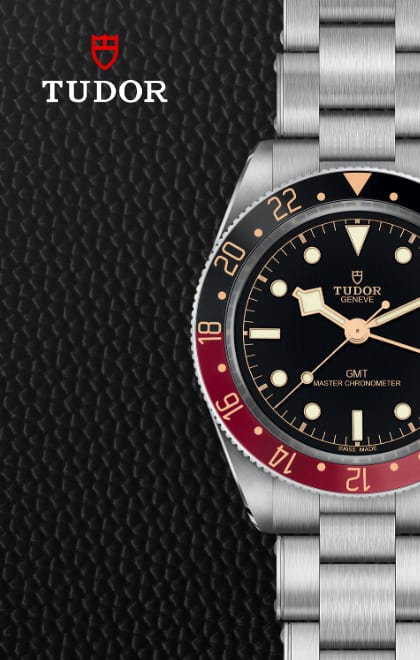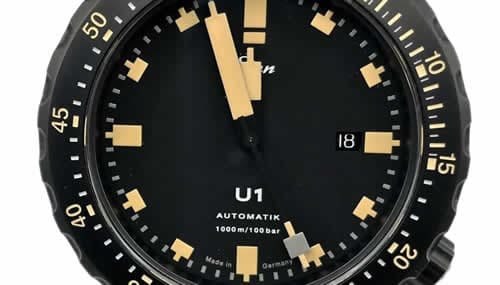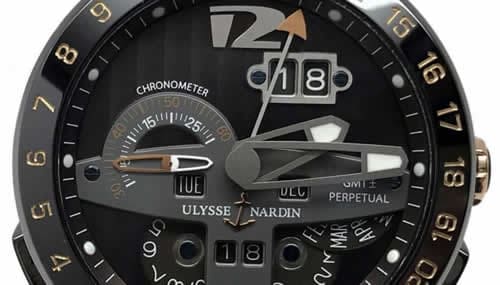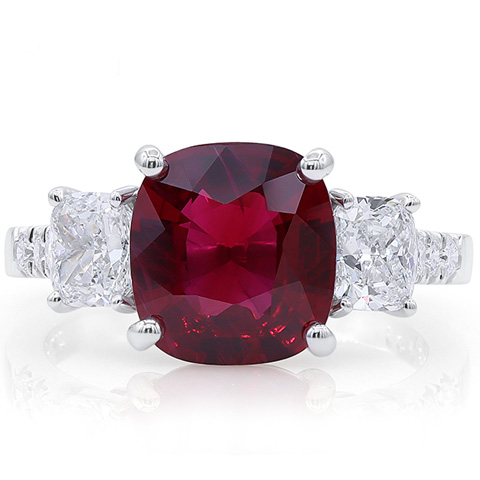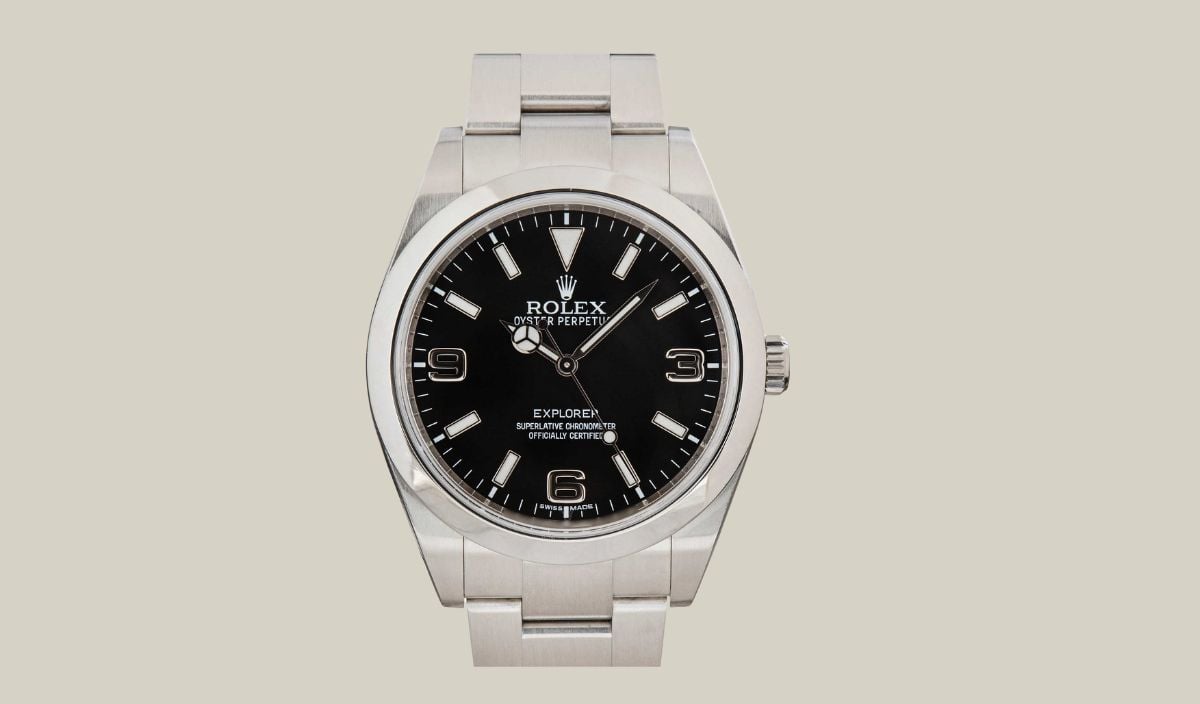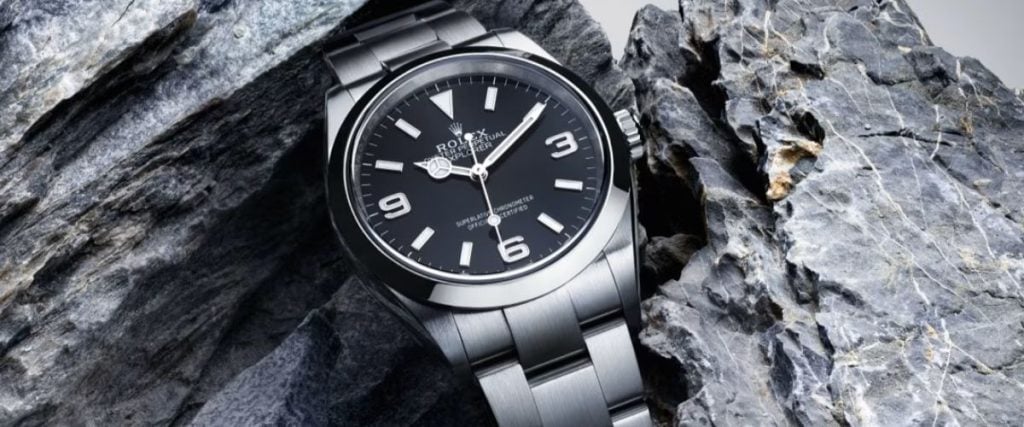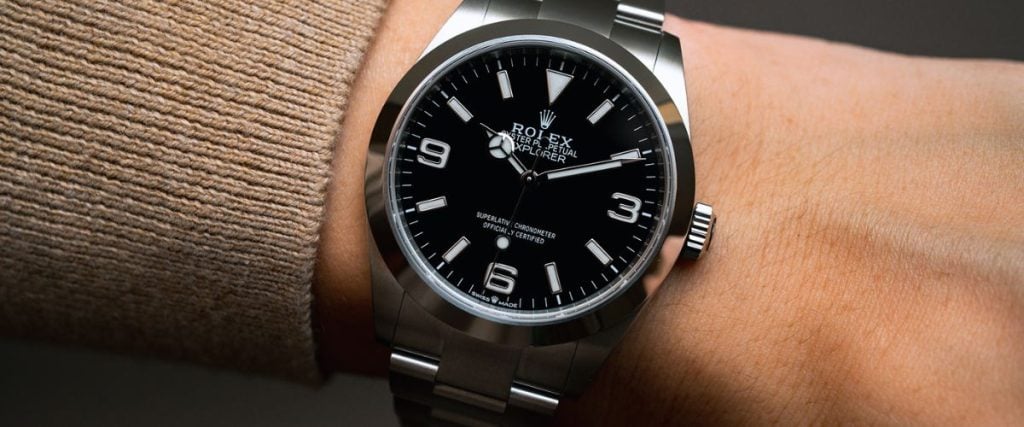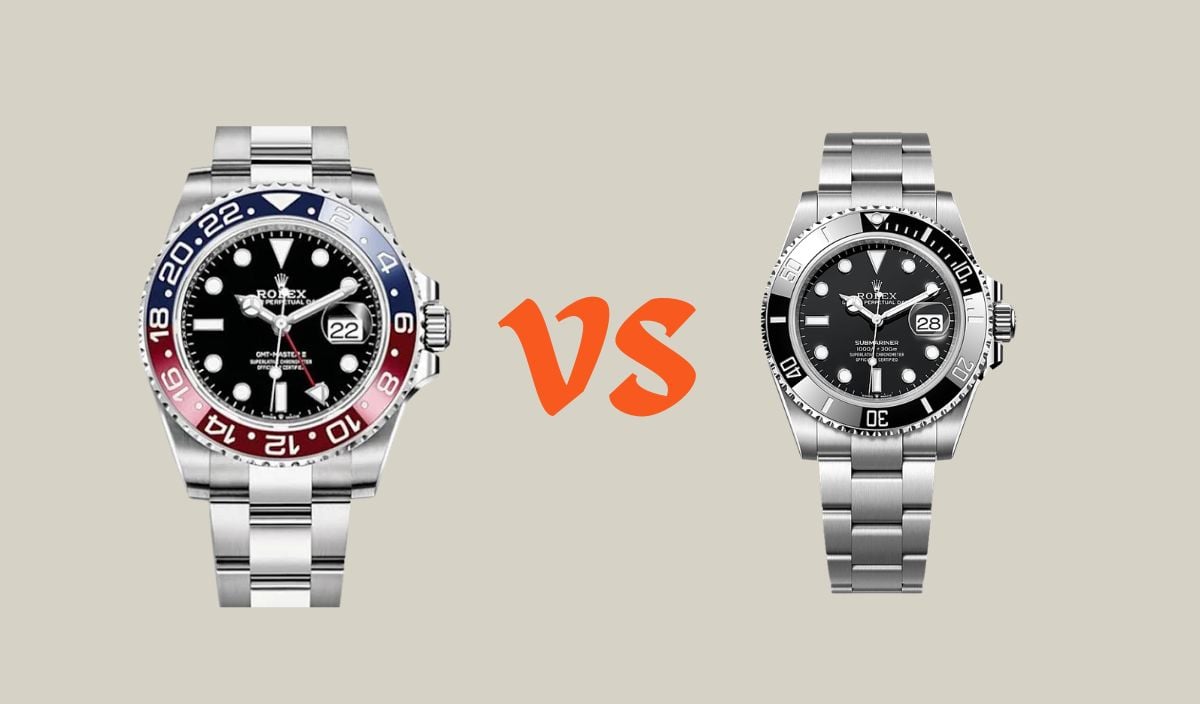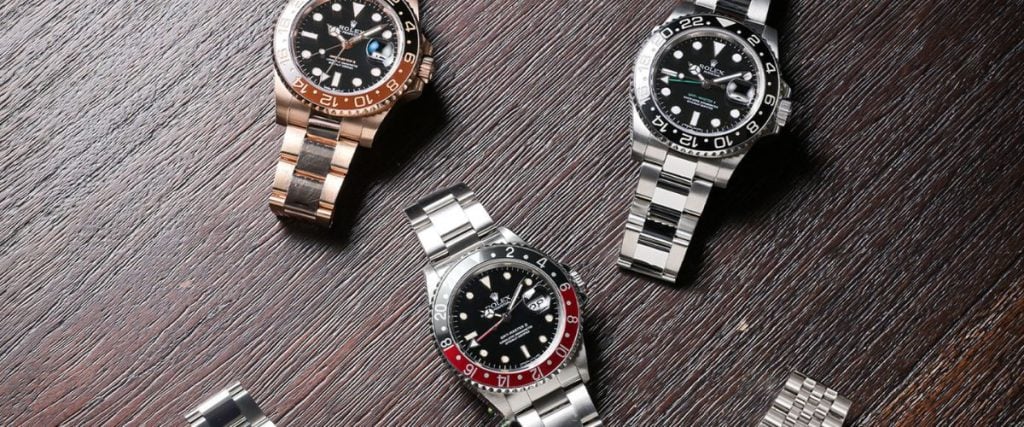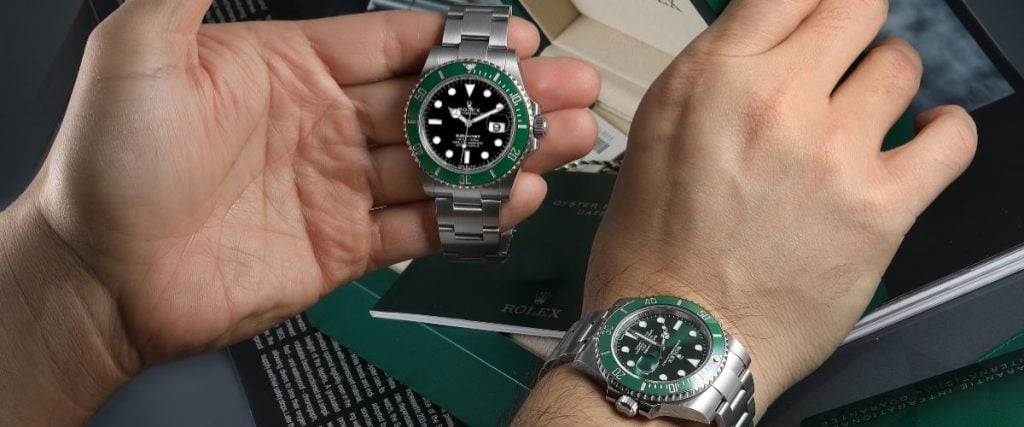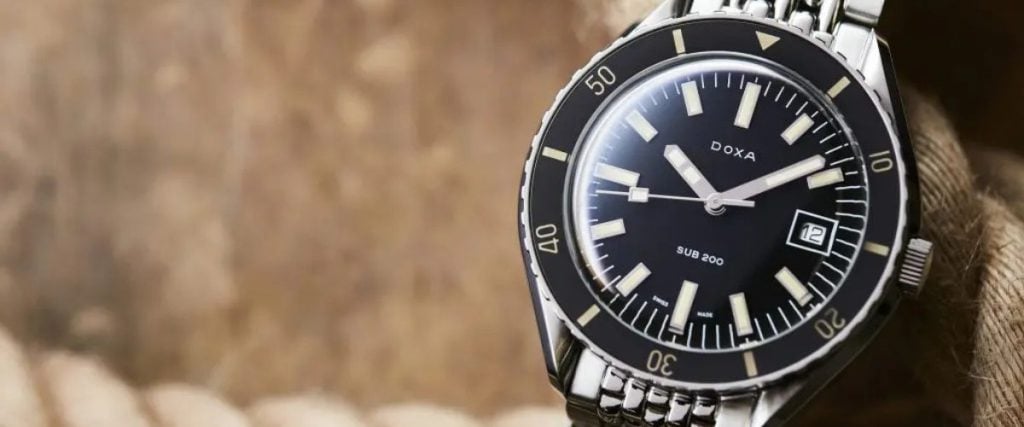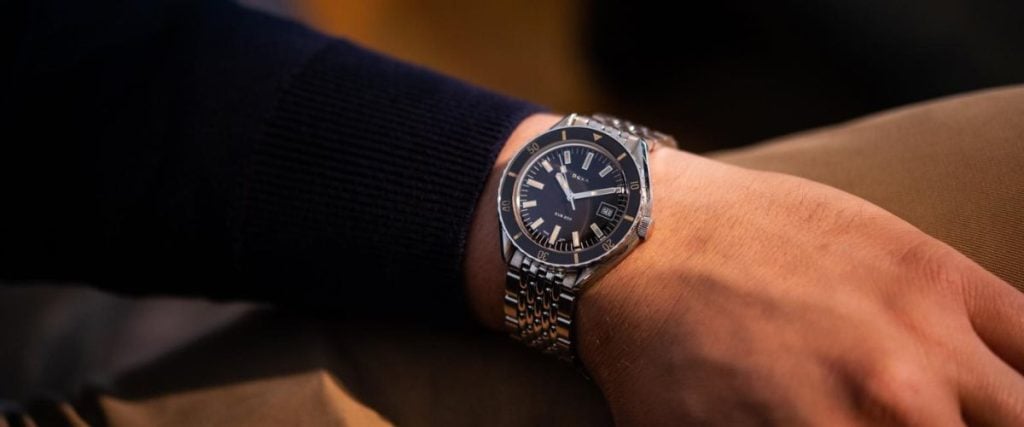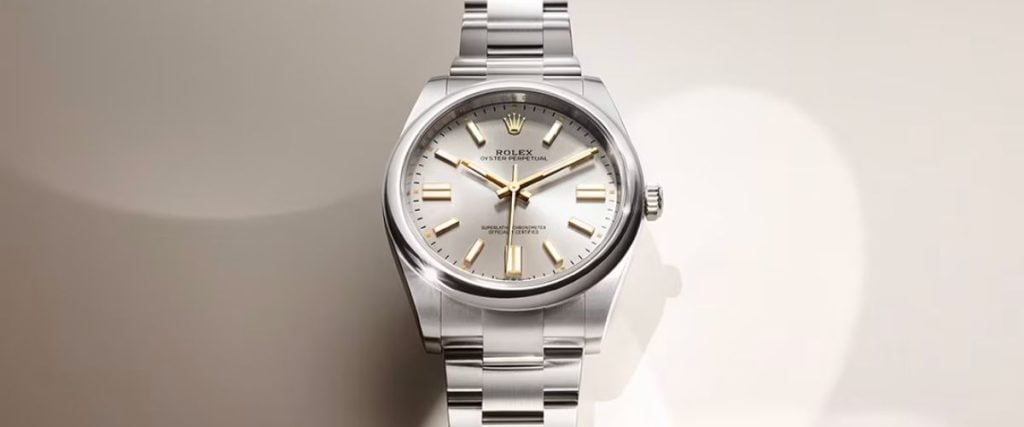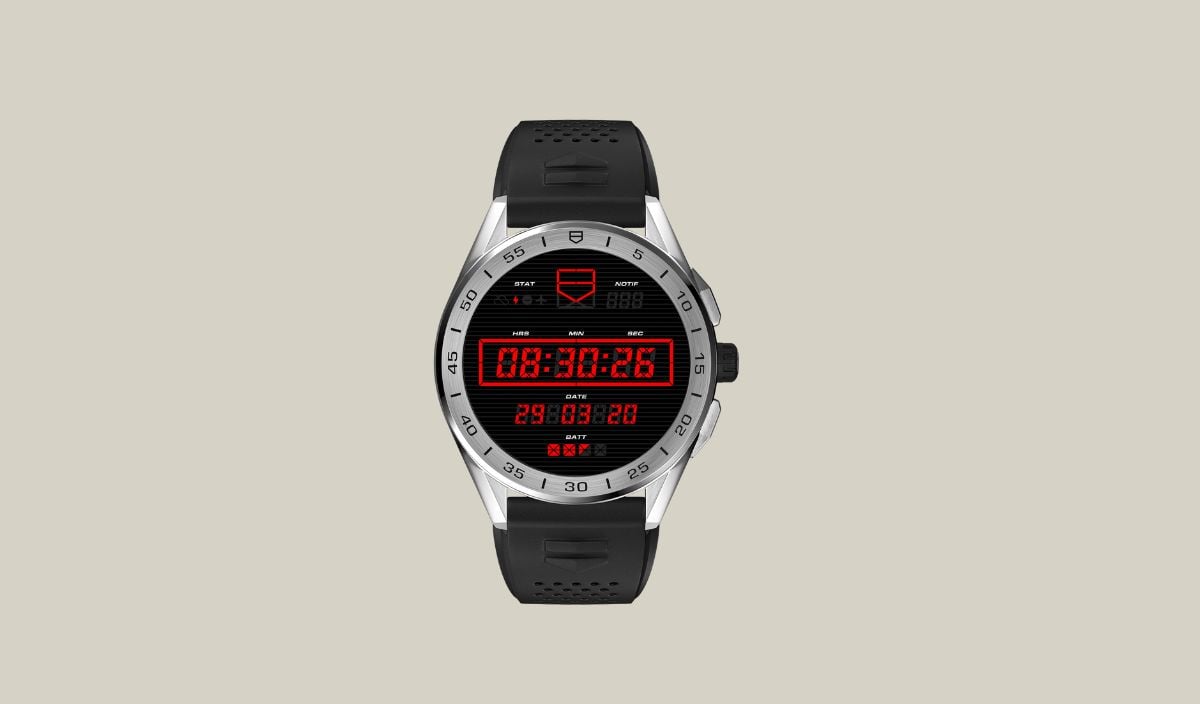
Smartwatches are a pretty purpose-built genre. For the most part, they’re designed to exist unobtrusively on your wrist and are shaped entirely around their function.
Popular companies such as Garmin and G-Shock love to use incredibly light materials, such as resin and titanium and are sure to advertise the utter weightlessness of their product.
But what if it didn’t have to be that way? What if you could find a smartwatch that didn’t hide its design but embraced it? A watch that wants to be seen and felt in its position on your wrist.
I know that was a bit of a theatrical intro, but the TAG Heuer Connected is really just that. It’s a smartwatch you’ll want to flash around a little.
Not in a “look at me, I’m wearing a luxury smartwatch” kind of way (looking at you, Hublot Big Bang e Titanium Diamonds), but in a way that whispers, “this is a quality product that is built to last.”
If you’re still reading this, something about that speaks to you that’s worth investigating. So, let’s take a look at TAG Heuer’s Swiss smartwatches: the Connected E4 and the Golf Edition.
History
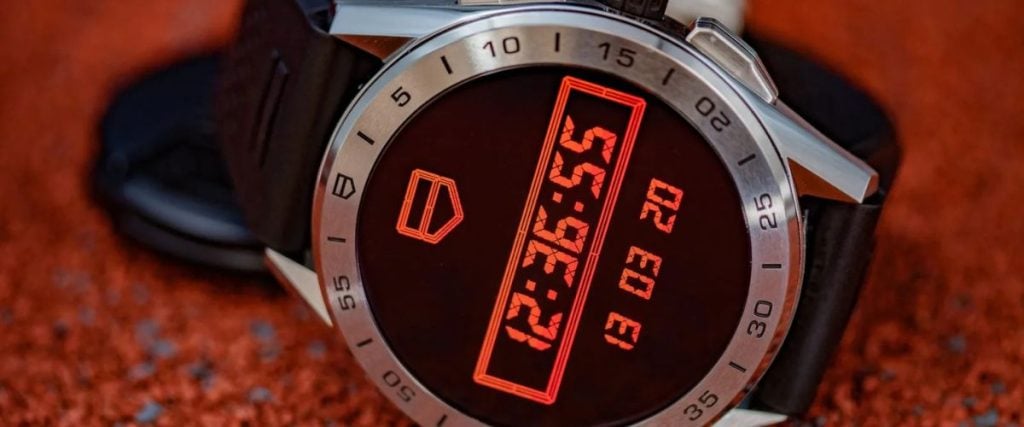
The TAG Heuer Connected collection turns one decade old this year. At its unveiling in 2015, then-CEO and industry legend Jean-Claude Biver proudly declared that the watch exemplified “Silicon Valley meets Switzerland,” and I think he was certainly right to do so.
It was originally created through a partnership with Intel and Google since the watch is powered by Google’s Wear OS but features TAG Heuer’s iconic design.
It was designed from the start to be a luxury Swiss smartwatch alternative, for those looking for just a little extra class on their wrist but with all the functionality of modern smartwatch tech.
The collection has evolved over the years—the current edition is the fourth, the E4—but the basic DNA remains the same.
TAG Heuer didn’t want to create a distinctive smartwatch, but rather a smartwatch that looks in every way like a normal watch, with all the elegance that they know how to infuse in everything they make.
This is reflected in the case profile and the ceramic bezel, as well as the display, which throughout the collection’s history has been based on various watch faces offered by TAG Heuer.
Case
At first glance, anyone could be easily fooled into thinking the TAG Heuer Connected is really a mechanical TAG watch, and a large part of creating that elegant appearance is the case structure.
TAG offers either a 42mm or a 45mm case with two pushers and a crown, much like you might see on a chronograph. Thankfully, TAG Heuer is careful to compensate for the large diameter by adding shorter lugs, making for an overall very wearable smartwatch.
The buttons and crown are specifically designed to be extremely ergonomic, comfortable and easy to use, and they sure look it. Personally, I’m a big fan of the tapered pushers, which have such a sleek shape and really accentuate the structure of the lugs.
The crown is engraved with TAG Heuer’s logo and looks much like a standard watch crown, really helping to sell its watch identity.
In particular, the PVD ceramic bezel is an exceptional luxury touch that you’d be hard-pressed to find in nearly any other smartwatch on the market today.
Not only that, but the sapphire crystal actually extends over this bezel, meaning that it won’t impede your usage of the touchscreen—so you get a touch of luxury shine without sacrificing the practical usage of the watch. With this case, TAG Heuer has really pushed the boundaries of what a smartwatch can be.
Display
If the case is the outfit your watch wears, and the movement is the beating heart, the display is the face, perhaps the most important element in creating an overall elegant presentation. TAG Heuer definitely put quite a good deal of attention into creating the different display options for their Connected E4, and all of the dial options are available directly from the company.
While this means you don’t have the incredibly wide variety that you’d get with a Garmin, where people can design dials and sell them on the Garmin store, this also ensures that each dial will be high-quality and have razor-sharp clarity.
The dial options are simple but very clean. Most come directly from watches that TAG Heuer offers—even some that are directly inspired by their mechanical offerings, such as one face that features a virtual flying tourbillon (which may just be the single most ironic thing I’ve ever seen on a watch, but I digress). Another that replicates a mechanical skeleton dial.
The display itself is a touchscreen covered by a hard sapphire crystal, so you won’t acquire too many scratches on that lovely clear display. The screen is AMOLED, so it’s very bright when it’s active.
The dial will go into an ambient mode when not directly in use, but the screen merely dims instead of going fully dark, so you don’t have to flick your wrist around and get the watch to turn on fully just to be able to see the time.
To me, this is yet another proof of TAG Heuer’s intentionality in producing a smartwatch that works just like any other watch they make—easy to use and just as easy to tell the time as a mechanical timepiece.
Depending on which edition of the watch you spring for, you can also get different faces. The Golf Edition, for example, comes with 5 unique golf-inspired faces.
In the past, TAG has also made Connected collaborations with Porsche and—believe it or not—Super Mario, so if you pick up an older one of these, you can even get custom dials featuring everyone’s favorite cartoon plumber.
Oh, and there’s a current collaboration with the Oracle Red Bull Racing team with plenty of special dials inspired by the team’s colors. Outside of the special editions, however, you’ll be stuck with the much more restrained standard dial features.
Smartwatch Features and Battery Life
Let me preface this section with a brief disclaimer. You will probably be disappointed by the features the Connected E4 has to offer. I was, anyways. It’s not exactly a winning combo. In TAG’s defense, however—that’s not really the point.
The watch is elegant, simple, and made to have a luxury feel and design. It’s not about cutting-edge technology. Would that have been nice to see here for a watch of this price? Absolutely. But at its essence, that’s not what it’s all about.
In any case, I’m not here to make an apology for the Connected E4, so it’s up to you whether the overall design and the features that are available are worth it for this watch. Let’s start off with the battery life, which is just one day (or two if you don’t use it late at night). It’s not exactly the 40-some days you can get on a Garmin with solar charging, but it’s also not built for the things the Garmin is, like adventuring off the grid.
You’re wearing it around your home and around town, not to go explore uncharted waters. But a little bit longer would have been nice. Thankfully, the supplied charger is pretty cool, and I love the little TAG Heuer logo which lights up when it’s charging.
In terms of basic specs, the Connected E4 comes with a heart rate monitor, a GPS, and an accelerometer for swimming, running, and other activities. These all perform relatively well, with the possible exception of the heart rate monitor—I’ve heard a few complaints that it undercounts, which can also impact other calculations like your calories burned. These basic hardware features power each of the applications the watch has to offer.
If you’re a world-class athlete, you’d be much better off training with a Garmin or COROS than this TAG Heuer. TAG’s suite of wellness applications is relatively limited when compared to most others on the market. You do get real-time calories burned and energy management for races and other competitions, along with training sessions.
In this latter category, you can actually follow programs made by top athletes (presumably TAG Heuer ambassadors), which is relatively compelling, and also follow along with a display of how to do specific exercises on the watch screen. It’s more of an everyday hitting-the-gym companion than an athletic trainer, to say the least.
Outside of the sports and fitness applications, you do get most of the other functions you’d expect from a modern smartwatch, like notifications, weather, calendar, and music syncing with your phone. The baseline is there, and it’s pretty strong, but it’s not exceptional cutting-edge tech.
Lastly, let’s touch on the golf-specific apps, which are, of course, exclusive to the Golf Edition of the Connected E4. These are actually pretty fantastic, and I was pleasantly surprised to see pretty much everything a golfer could ask for here. You’ve got automatic scoring for you and scorecard-keeping for everyone golfing with you.
2D and 3D maps of 40,000 golf courses around the world, plus 3D mapping of all your shots over the map as you progress. Stats and feedback on how you did after your trip is over. Recommendations on which club to use for each shot.
I’m not much of a golfer, but I really can’t think of much more you could ask for. If you’re looking for a golf companion, the TAG Heuer Connected really stands out from its competition.
Straps
There’s not too much to say about the different strap options here, as TAG Heuer has kept it pretty simple. Almost every option comes—if you don’t configure it—on a rubber strap, which is perfectly fine, honestly. Not much to comment on, but it gets the job done and is what 99% of people who are wearing a smartwatch will be looking for.
Can you easily swap it out for leather if you so wish? Absolutely, TAG even gives you that option upfront when buying the watch, and you can just as well swap out for your own leather strap. But it’s a simple, workhorse option that comes right with the watch, and most people won’t have any need to swap anything out.
If you spring for the Golf Edition, you’ll get a rubber strap with a little extra texture, inspired by golf balls in a way that’s not super obtrusive or gimmicky, but actually works pretty well.
That said… TAG Heuer does also offer the option to pair a steel bracelet with a steel case watch in either size. I can’t help but love it. It feels so ridiculous in so many ways. A luxury steel integrated bracelet on a smartwatch? Where do I sign up? It’s like Hublot putting their dress watches on a rubber strap.
It just makes no sense, and yet it works perfectly for this watch. The bracelet itself is pretty darn good, too, with very little gap between links and mirrored central links contrasting with the brushed ends. Frankly, it has no right to look this good.
On-Wrist Experience
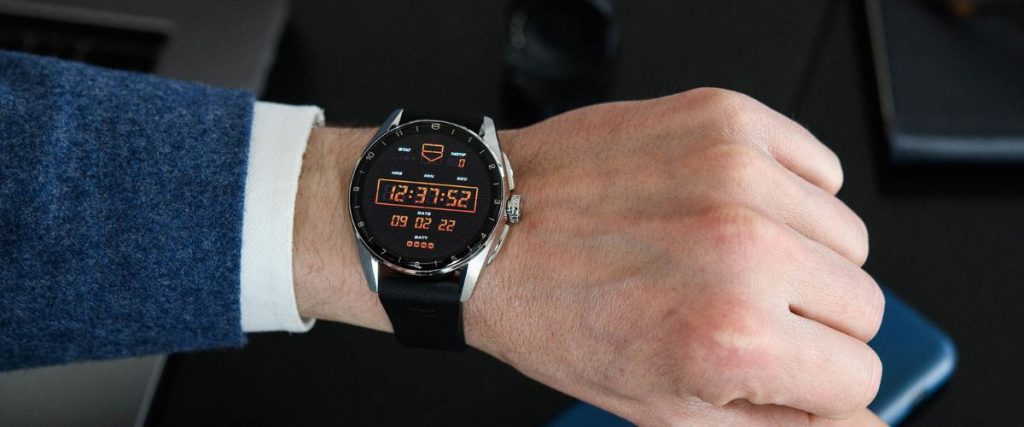
TAG Heuer manages to nearly perfectly accomplish what they set out to do: create a smartwatch that has an immaculate luxury look and feel. The watch is big, to be sure, and for those with smaller wrists, you’ll definitely want to go for the 42mm size.
That said, TAG shortened the lugs a little to make for a watch that’s ever so slightly more wearable than how its measurement sounds. This means you get a larger display, which is perfect for its smartwatch nature, with extra wearability.
The look is definitely the biggest draw of the watch because most of the smartwatch features won’t cut it for a lot of people who are looking for a serious tool to wear. The heart rate monitor and pared-back fitness features are perfectly fine for a guy like me who just drops by the gym to stay relatively in shape and spends most of his time safely ensconced within civilization.
For me, I really appreciate the luxury look and feel of the watch, and I don’t mind as much not having the latest tech and tactical features. It’s a watch I feel comfortable wearing with most outfits and even taking out to more formal events. That’s really the draw of the watch for almost anyone, I’m sure.
A last thing I want to touch on in terms of the watch’s everyday wearability is the way it integrates with your phone. It doesn’t have any sort of built-in cellular, so everything comes directly from Bluetooth with your phone. Since it runs on Google’s Wear OS, this can cause some problems for some (but not all) iPhone users.
I’ve heard a few reports that the watch often struggles to pair with their phone. To really get it to work well with your iPhone, you end up needing to download the Google Wear OS app, as well as the TAG Heuer Connected app, which can be problematic for both your storage and the space on your home screen.
You also can’t directly reply to notifications on the watch with an iPhone. It just integrates a lot better with Androids as a consequence of its Google-powered innards and can be a little frustrating at times to use with an iPhone.
If you’re an Android user, this is all well and good and can be a little extra advantage with having the watch. If you’re an Apple fan, be sure to save a little screen and storage space for the apps you’ll need.
Price & Availability
The TAG Heuer Connected E4 currently goes for around $1,450, or $1,950 for the Golf Edition. This is sort of an average value, since there are different prices for the normal one depending on case material and how you choose to configure it, but it hovers around there.
Interestingly, the retail price of the watch has been steadily going down over time, which I actually really appreciate. TAG Heuer has shown an awareness of the market, and of how competitive their product is with other smartwatches that are available right now, and since the technology of the E4 has been outstripped in several ways recently, the price has gone down accordingly. It’s still not cheap, but it’s significantly lower than it was before (well over $2,000!), and I appreciate the intentionality from TAG here.
It’s certainly an expensive smartwatch option, but it’s also a luxury item that comes with the TAG Heuer brand name and is built to last. Yes, it costs more upfront, but it can also last you longer even while others are upgrading to the latest iterations of whatever smartwatch they’re into and end up spending more money.
Note as well that TAG also offers a trade-in program, where you can sell your E4 to get some money back towards a newer edition of the watch. If they release a new collection in the future, you won’t have to worry about missing out just because you got an older version of the watch.
You can find the TAG Heuer Connected E4 for sale on the company’s website at around $1,450.
Conclusion
It’s not a watch that’s going to stun your friends with its crazy features and long battery life, but it sure is beautiful. And in the end, that’s what TAG wanted. Whether you like it as it is or not, TAG Heuer hit their goal dead-on with this one, and I think there’s something to be respected in that.
A luxury Swiss watchmaking house stuck to its guns and made something following its own ideals, its own design, and its own character, and this is the product. Love it or hate it, it’s a pretty darn good watch that deserves a round of applause.


